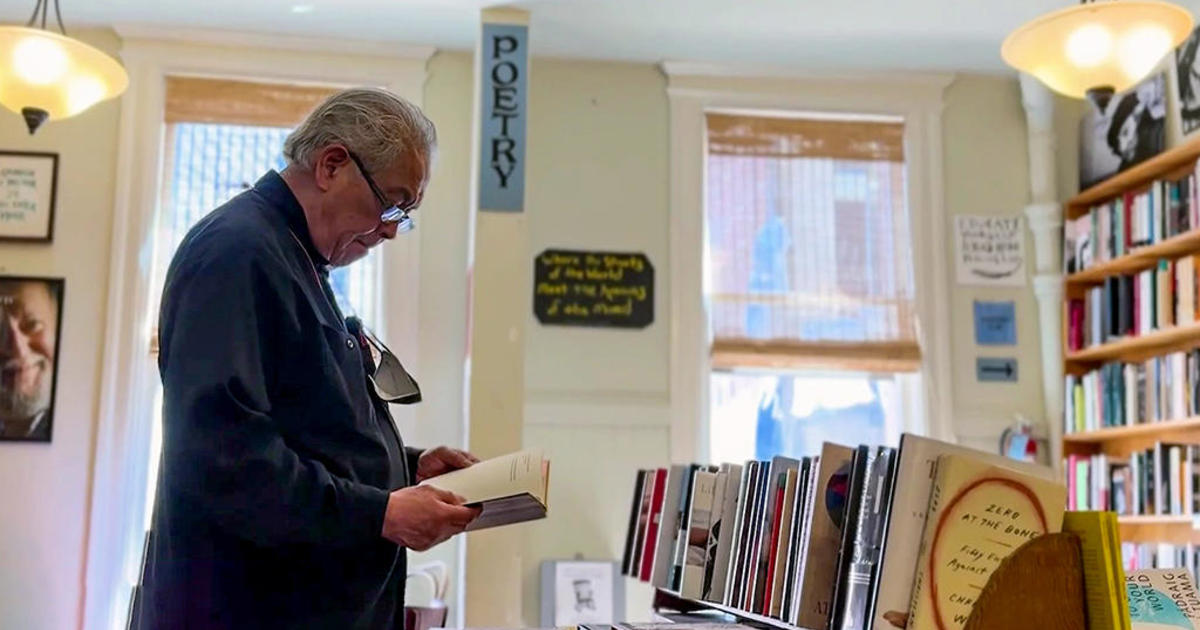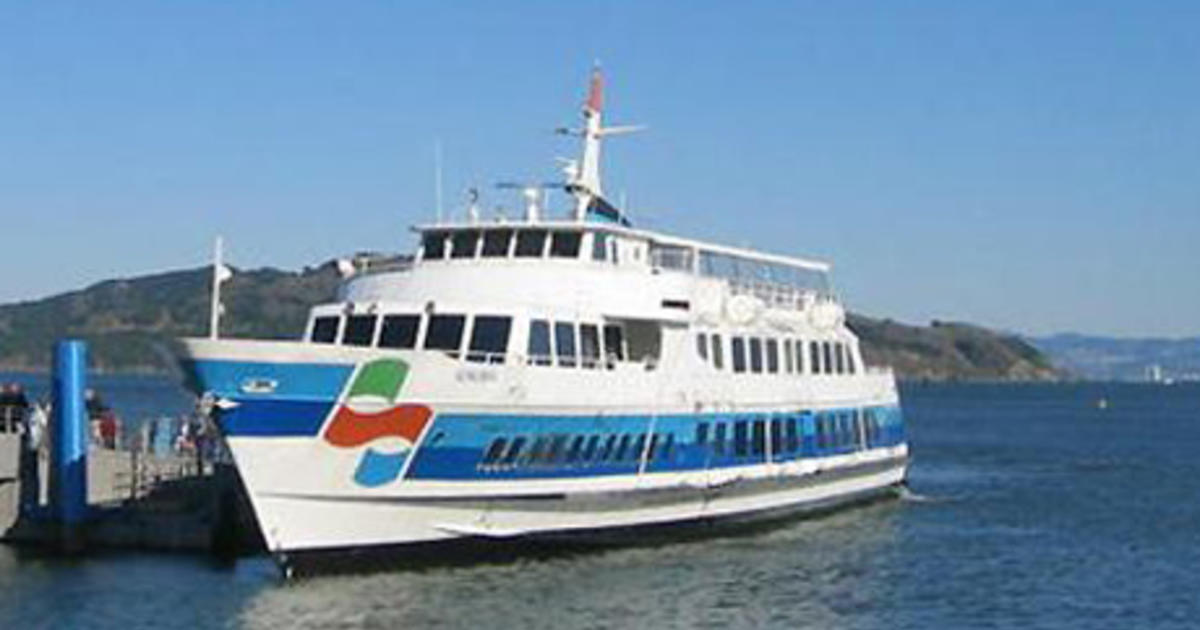Cruise to restart data collection for manually operated vehicles with aim of resuming driverless operations
General Motors' Cruise subsidiary is restarting its manually driven vehicle program to create maps and gather road information in select cities as the company moves to resume driverless operations six months after a gruesome collision in San Francisco.
Cruise said Tuesday that the resumption of human-driven vehicles to create maps and gather road information will begin in Phoenix, where it has a large number of workers.
"This will help inform where we ultimately will resume driverless operations," the company said.
Some of the data that will be collected includes speed limits, stop signs, traffic lights, lane paint and right turn only lanes.
There was no word from the company as to when it might expand the use of manually operated vehicles in San Francisco.
In January, it was disclosed that the Justice Department is investigating General Motors due to the collision in San Francisco that critically injured a pedestrian and derailed its self-driving car ambitions.
The incident resulted in Cruise's license to operate its driverless fleet in California being suspended by regulators and triggered a purge of its leadership — in addition to layoffs that jettisoned about a quarter of its workforce — as GM curtailed its once-lofty ambitions in self-driving technology.
Cruise additionally omitted key details about what happened in the Oct. 2 incident, which led to allegations of a coverup that could have resulted in a fine of $1.5 million. Cruise offered to pay $75,000 instead and eventually agreed to pay $112,500.
In November, Cruise CEO and co-founder Kyle Vogt resigned from the company. The company announced that a number of other key leaders had quit and hundreds of workers were being laid off less than two weeks before Christmas.
GM had already walked back its goals for a driverless division that was supposed to transform the transportation industry by operating robotic ride-hailing services across the U.S. Even as skeptics raised doubts about whether autonomous driving technology had become reliable enough to realize that vision, GM was projecting Cruise would generate $1 billion in revenue by 2025 — 10 times the amount it had been bringing in during a ramp-up phase that resulted in billions of dollars in losses.
Cruise had cleared a significant hurdle last August when California regulators approved its request to begin operating its robotaxi service throughout San Francisco at all hours — over the strenuous objections of city officials — only to have it all unravel in early October.



